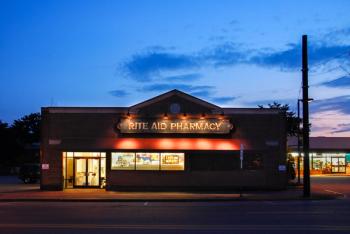
Tumor Necrosis Factor Protein Involved With Atopic Dermatitis
Inhibiting a specific protein reduces the clinical characteristics of atomic dermatitis.
Recent findings from a study published by the Journal of Experimental Medicine suggests that a specific protein increases skin inflammation and thickening of the skin in atopic dermatitis.
The researchers found that LIGHT—a tumor necrosis factor—is able to modify the proliferation of keratinocytes and the expression of periostin, a protein that worsens features of the condition and other inflammatory skin diseases, including
"Periostin is being used in the clinic as a marker for allergic diseases such as asthma as well as atopic dermatitis," said senior author Michael Croft, PhD. "The fact that LIGHT acts upstream of periostin and is controlling its production really reinforces the idea that this is potentially a very good clinical target for treatment of atopic dermatitis and other inflammatory skin diseases."
Notably, the authors discovered that an antibody that neutralizes LIGHT activity suppresses
LIGHT, a cytokine produced by T cells, exerts its function through HVEM and LTβR, according to the authors. Earlier studies showed that LIGHT plays a role in scleroderma, but its involvement in other inflammatory skin conditions was unknown.
The authors developed an experimental mouse model of atopic dermatitis and found that LIGHT-deficient animals experienced minimal symptoms compared with control animals, according to the study.
Similar results were observed in mice that lacked the HVEM receptor in keratinocytes, according to the study.
"This is the important part of the study," said lead author Rana Herro, PhD. "Specifically deleting the receptor in keratinocytes was enough to abrogate disease."
A more in-depth analysis showed that LIGHT stimulates keratinocyte proliferation, which leads to remodeling of the skin, according to the study. The authors also found that LIGHT induces periostin expression, which has been linked to skin inflammation in animal studies.
"We knew that LIGHT acts as a pro-inflammatory molecule on immune cells but we were able to implicate, for the first time in a disease setting, that this molecule acts on non-immune cells like the structural cells of the skin," Dr Herro said. "LIGHT directly drives fibrosis, a structural remodeling process that leads to the thickening and hardening of the skin."
The authors then tested an existing therapeutic antibody to inhibit the interaction of LIGHT with HVEM after disease onset. They found that the treatment suppressed inflammation and reduced skin thickening, according to the study.
"That's great news for patients suffering from eczema," Dr Herro said. "Our findings suggest that therapies that block LIGHT signaling might halt atopic dermatitis in humans and maybe even reverse disease symptoms."
Newsletter
Stay informed on drug updates, treatment guidelines, and pharmacy practice trends—subscribe to Pharmacy Times for weekly clinical insights.




















































































































































































































